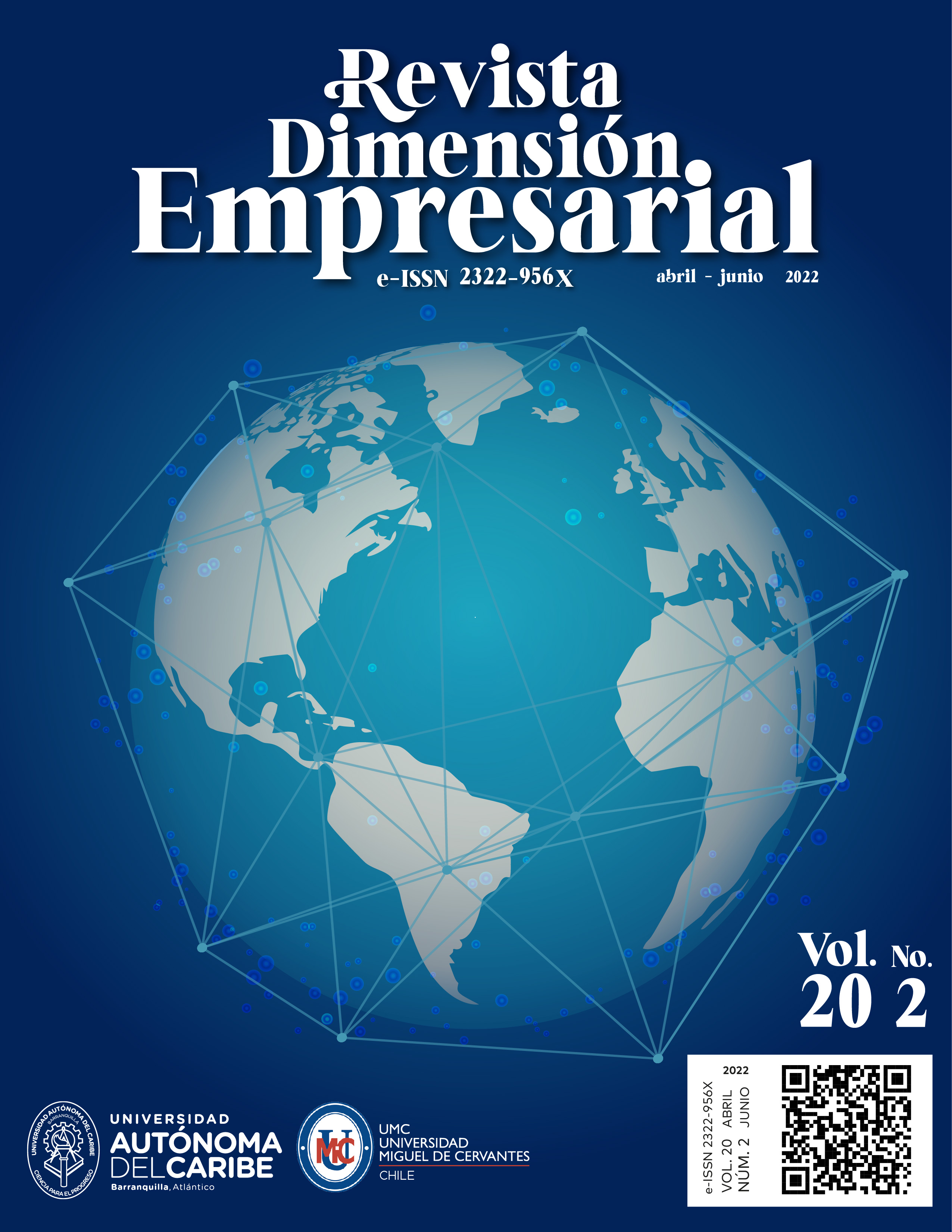Industry 4.0 in an International Context: Key Case Studies
DOI:
https://doi.org/10.15665/dem.v20i2.3195Keywords:
Industry 4.0, International Context, Key Case StudiesAbstract
At the dawn of the 21st century, the underlying aspects of the change in the prevailing techno-economic paradigm were already a palpable reality. This circumstance was embedded in a context of constant change harmonised by a greater integration of international markets. In fact, the concept to which we refer is globalisation.
Thus, this phenomenon of global interconnectedness is not a new concept, but it has become more important in recent decades. Although globalisation has positive effects associated with increased market efficiency, increased international trade, access to resources, increased investment and increased market potential (Johnson, 2002), it has also led to a number of negative consequences that have overshadowed the high degree of trust placed in globalisation (Bretos & Marcuello, 2017).
References
Acemoglu, D. & Restrepo, P. (2019). Automation and new tasks: How technologies displaces and reinstates labor. NBER Working Paper, 25.684.
Alegre Vidal, J. & Lapriedra Alcamí, R. (2005). Gestión del conocimiento y desempeño innovador: un estudio del papel mediador del repertorio de competencias distintivas. Cuadernos de Economia y Dirección de Empresa, 23, 117–138.
Bartels, J. & Reinders, M. J. (2011). Consumer innovativeness and its correlates: A propositional inventory for future research. Journal of Business Research, 64(6), 601–609. https://doi.org/10.1016/j.jbusres.2010.05.002
Bretos, I., & Marcuello, C. (2017). Revisiting globalization challenges and opportunities in the development of cooperatives. Annals of Public and Cooperative Economics, 88(1), 47-73.
Crescenzi, R. & Gagliardi, L. (2018). The innovative performance of firms in heterogeneous environments: The interplay between external knowledge and internal absorptive capacities. Research Policy, 47(4), 782-795.
European Commission. (2010). Europe 2020 Flagship Initiative. Communication from the Commission to the European Parliament, the Council, the European Economic and Social Committee and the Committee of the Regions. COM 6(2010). Brussels.
Fatorachian, H., & Kazemi, H. (2018). A critical investigation of Industry 4.0 in manufacturing: theoretical operationalisation framework. Production Planning & Control, 633-644.
Johnson, D. G. (2002). Globalization: what it is and who benefits. Journal of Asian Economics, 13(4), 427-439.
Torrent-Sellens, J. & Díaz-Chao, A. (2018). Coneixement, robòtica i productivitat a la PIME industrial catalana: evidència empírica multidimensional. En: Ferràs, X.; Alcoba, O.; Torrent-Sellens, J. (coords.). Transformació digital i intel·ligència artificial. Barcelona: Col·legi d’Economistes de Catalunya (pág. 91-126).
Torrent-Sellens, J. (2019). Industria 4.0 y resultados empresariales en España: un primer escaneado. Oikonomics-Revista de economía, empresa y sociedad, (12), 1-11.
Trajtenberg, M. (2018). AI as the next GPT: A Political-Economy Perspective. National Bureau of Economic Research (NBER) Working Paper (núm. 24245). https://doi.org/10.3386/w24245.
UE. (2019). The Changing Nature of Work and skills in the digital age. EUR 29823 EN.
Published
How to Cite
Issue
Section
License
Copyright (c) 2023 Albert Miró-Pérez

This work is licensed under a Creative Commons Attribution-NonCommercial-NoDerivatives 4.0 International License.
Instructions for filling in the Certification of Originality and the Copyright Transfer:
Keep in mind that by pressing the "save and continue" button at the end, you are assuming all the ethical and legal commitments set forth herein. They establish the responsibilities of the legislation on intellectual property rights. For this it is assumed that whoever is carrying out the action of presenting the written work in good faith and represents himself and the other authors of the postulated article.
In this sense, the authors retain all the rights of which they are owners and authorize the free reproduction of the document sent. In the event of being necessary, they will assume, by pressing the "save and continue" button, the legal responsibility derived from the patrimonial rights which are free because of the non-payment by any procedure of the Journal.
Consequently, the author (s) represented by the person who advances the postulation of the article for evaluation and eventual publication,
I (We) declare:
1. I am (we are) the author (s) of the article {here is the name of the article placed automatically}.
2. This is an original work in accordance with the intellectual property law of Colombian copyright.
3. The content of the article of the reference has not been published and that it will not be submitted to any other means of publication in written or electronic support before knowing the decision of the Editorial Committee of Dimensión Empresarial.
4. The signer of this certification guarantees that the commitment acquired here does not infringe any third-party rights.
5. The publication authorization includes its electronic file and its adaptation, if necessary, for its incorporation in the network or in any electronic format or database, as well as attaching the necessary metadata to register the work, trademarks of water or any other security or protection system.
6. The publication authorization includes reproduction on digital media. As well as its distribution and making available through institutional archives through the Internet, distribute copies, and exhibit it in Colombia and outside the country, as well as include the article in national and international indexes.
7. The author assumes all responsibility, including compensation for damages, that could be exercised against the Universidad Autónoma del Caribe by third parties who violated their rights and interests because of the assignment.
For its part, Dimension Empresarial undertakes to respect in any case the rights of the author contained in Article 30 of Law 23 of 1982, or any after it and will make the article available to the users of the Journal so that make a legitimate use of it, as permitted by the applicable legislation, provided that its authorship is cited, commercial benefit is not obtained, and derivative works are not made.
The authors agree to accept the conditions of this intellectual property note, which will be applied to this submission when it is published in this journal.




